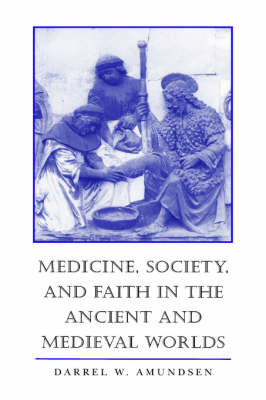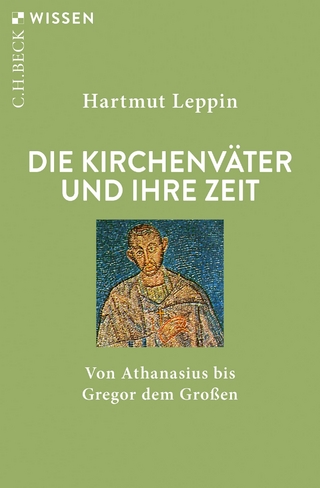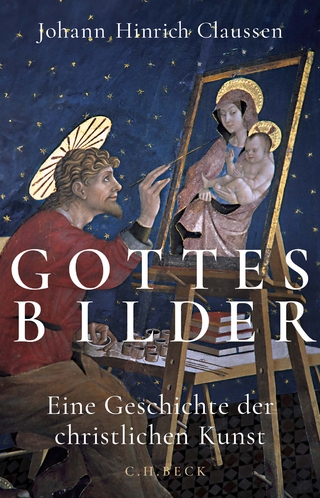
Medicine, Society and Faith in the Ancient and Medieval Worlds
Seiten
1995
Johns Hopkins University Press (Verlag)
978-0-8018-5109-4 (ISBN)
Johns Hopkins University Press (Verlag)
978-0-8018-5109-4 (ISBN)
- Titel ist leider vergriffen;
keine Neuauflage - Artikel merken
This work explores the disputed boundaries of medicine and Christianity by focusing on the principle of the sanctity of human life, including the duty to treat or attempt to sustain the life of the ill. It clarifies a number of Christian principles in relation to current bioethical issues.
This work explores the disputed boundaries of medicine and Christianity by focusing on the principle of the sanctity of human life, including the duty to treat or attempt to sustain the life of the ill. As he examines his themes and moves from text to context, Amundsen clarifies a number of Christian principles in relation to bioethical issues that are hotly debated today. In his examination of the moral stance of the earliest syphilographers, for example, he finds insights into the ethical issues surrounding the treatment of AIDS, which he believes has its closest historical antecedent not in plague but in syphilis. He also shows that the belief that all healing comes from God, whether directly through prayer or through the use of medicine - a sentiment commonly held by contemporary Christians - cannot be accurately attributed to any extant source from the patristic period. Indeed, all the Church Fathers were convinced that healing sometimes came from evil sources - Satan and his demons were able to heal, for example, and Asclepius was a demon "to be taken very seriously indeed".
This work explores the disputed boundaries of medicine and Christianity by focusing on the principle of the sanctity of human life, including the duty to treat or attempt to sustain the life of the ill. As he examines his themes and moves from text to context, Amundsen clarifies a number of Christian principles in relation to bioethical issues that are hotly debated today. In his examination of the moral stance of the earliest syphilographers, for example, he finds insights into the ethical issues surrounding the treatment of AIDS, which he believes has its closest historical antecedent not in plague but in syphilis. He also shows that the belief that all healing comes from God, whether directly through prayer or through the use of medicine - a sentiment commonly held by contemporary Christians - cannot be accurately attributed to any extant source from the patristic period. Indeed, all the Church Fathers were convinced that healing sometimes came from evil sources - Satan and his demons were able to heal, for example, and Asclepius was a demon "to be taken very seriously indeed".
| Erscheint lt. Verlag | 2.12.1995 |
|---|---|
| Verlagsort | Baltimore, MD |
| Sprache | englisch |
| Maße | 152 x 229 mm |
| Gewicht | 780 g |
| Themenwelt | Religion / Theologie ► Christentum ► Kirchengeschichte |
| Medizin / Pharmazie ► Medizinische Fachgebiete ► Medizinethik | |
| Studium ► Querschnittsbereiche ► Geschichte / Ethik der Medizin | |
| Studium ► Querschnittsbereiche ► Prävention / Gesundheitsförderung | |
| ISBN-10 | 0-8018-5109-2 / 0801851092 |
| ISBN-13 | 978-0-8018-5109-4 / 9780801851094 |
| Zustand | Neuware |
| Haben Sie eine Frage zum Produkt? |
Mehr entdecken
aus dem Bereich
aus dem Bereich
von Athanasius bis Gregor dem Großen
Buch | Softcover (2024)
C.H.Beck (Verlag)
12,00 €
eine Geschichte der christlichen Kunst
Buch | Hardcover (2024)
C.H.Beck (Verlag)
32,00 €


